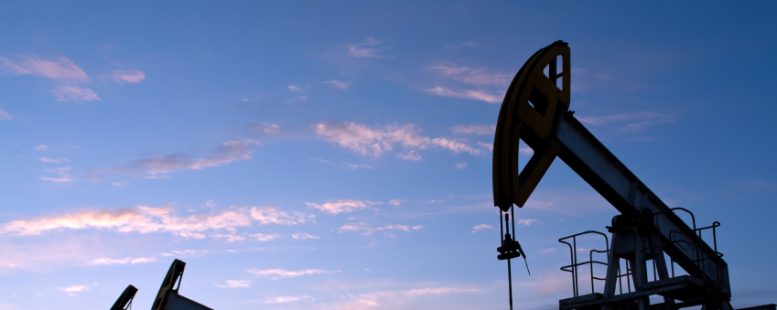Our Opinion: 2019
Oil price surge after Saudi oil facilities attacked

On Saturday, Saudi Arabia’s oil infrastructure was attacked. Abqaiq and Khurais have resulted in a temporary production halt of about 5.7 million barrels per day of oil supply. Khurais is the second largest Saudi oil field, while Abqaiq is the world’s largest oil processing facility, with a capacity of 7 million barrels per day. It sits at the heart of the Saudi energy system, processing most of the oil produced in the Kingdom.
In contrast to previous attacks on oil tankers in the Middle East, the latest attack has severely dented global physical oil supplies (nearly 6% of global oil production) and erased the spare capacity of nearly 3.5mbpd in OPEC and Russia. Such large disruptions are uncommon; the last time the oil market lost large quantities of supply was during the first Gulf war in 1990. The latest attack is a reminder that significant disruptions in Saudi Arabia mean OPEC’s reaction function is compromised. The potential oil price spike will depend on the damage and how long it takes to bring production back. The price reaction will also depend on Saudi Arabia’s ability to keep its crude exports stable by reducing oil inventories, and other Gulf countries’ desire to increase production to offset Saudi’s losses. Lastly, the International Energy Agency reaction – requesting its member states to release oil from the strategic reserves – will also be crucial for calming the price moves.
The price of oil spiked by a 20% at one point yesterday. Brent crude surged by nearly $12 a barrel, to more than $71. It eased back since then but it’s still up by more than 10%. You don’t see those sorts of moves every day. But then, nor do you see half of Saudi Arabia’s oil production knocked out of action every day.
What happened is that some vital bits of the Saudis’ treatment infrastructure at Abqaiq were knocked out by a series of drone strikes. These strikes were apparently extremely accurate.
Who did it? Saudi Arabia has been waging war in Yemen for four years now. Houthi rebels there claim responsibility for the Abqaiq attack, saying that they pulled it off a swarm of ten drones. And they have been using drones to make similar attacks in the last year or so. But the US is sceptical about this, and it’s pointing the finger at Iran.
About half of the country’s crude oil output has been knocked out of action. That’s not far off six million barrels of oil a day, which in turn represents about 5% of global oil supply. Hence the double-digit spike in oil prices. We haven’t seen this sort of thing since the invasion of Kuwait by Saddam Hussein in 1990.
So what happens next for oil prices? There are two main issues to consider on that front. First, there’s the practical question of how quickly the Saudis can get things working again. That will become clearer over this week. In the meantime, both the US and Saudi Arabia have oil reserves that can be used to tide the market over.
The problem is that this attack opens up a whole host of unpleasant new possibilities. If a small swarm of drones can cripple key oil facilities, then what’s to stop this from happening again? And what if it escalates?
The initial spike is a shock reaction. The actual disruption to supply may be less extreme than it appears. However, the more complicated second factor is the “risk premium” that now gets added to the oil price.
17th September 2019
